Table of Contents
- The Origins and Evolution of Gaia in Mythological Traditions
- Gaias Symbolism and Its Impact on Environmental Awareness
- Rituals and Practices to Connect with the Essence of Gaia
- Gaia in Contemporary Culture: Art, Literature, and Spirituality
- Empowering Your Life with Gaias Principles of Balance and Nurturing
- Q&A
- In Conclusion
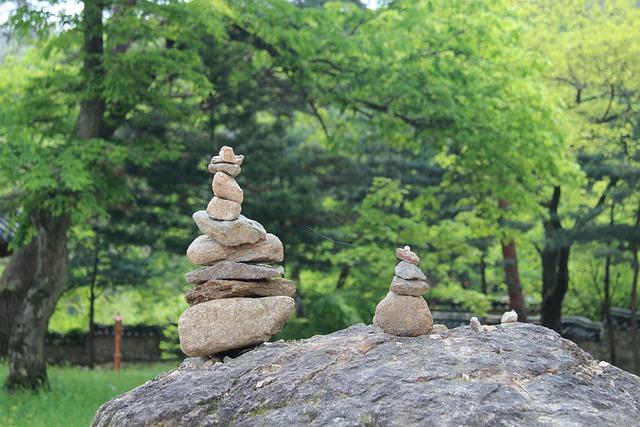
The Origins and Evolution of Gaia in Mythological Traditions
In the tapestry of ancient mythologies, Gaia emerges as a central figure, symbolizing the earth and its nurturing qualities. Her roots can be traced back to the earliest Greek creation myths, where she is often perceived as a primordial goddess. According to Hesiod’s ”Theogony,” she is not only the earth itself but also the mother of many formidable deities, including the Titans, who played a vital role in shaping the divine hierarchy. This portrayal encapsulates Gaia’s role as a progenitor, emphasizing her significance in the cosmogony of ancient cultures.
As mythological traditions evolved over centuries, the figure of Gaia began to reflect the changing values and beliefs of societies. In classical Greek thought, she was revered as the maternal aspect of the world, often depicted alongside deities of agriculture, fertility, and the harvest. This connection to sustenance and life made Gaia a crucial figure for agrarian communities, whose livelihoods depended on the earth’s bounty. Her nurturing aspect gave rise to various rituals and festivals, celebrating the cycles of nature and the interconnectedness of life.
The transition of Gaia’s image can also be seen in how she influenced other mythological frameworks beyond Greek culture. In Roman mythology, she was syncretically integrated into the figure of Terra Mater, symbolizing fertility and the physical embodiment of the earth. Additionally, parallels can be drawn with earth deities in other cultures, such as the Egyptian goddess Geb and the Hindu goddess Prithvi. These connections underline the universal reverence for the earth, showcasing Gaia’s enduring legacy across various traditions and her vital role in understanding humanity’s relationship with the natural world.
Gaias Symbolism and Its Impact on Environmental Awareness
The concept of Gaia extends far beyond a mere mythological figure; it serves as a profound symbol of interconnectedness and respect for nature. The ancient Greeks envisioned Gaia as the very embodiment of Earth, a nurturing force that sustains all life forms. This symbolism is intricately tied to the current environmental movement, underscoring the importance of viewing our planet as a living entity. Recognizing this connection encourages a collective responsibility towards the health of our environments, fostering a mindset that values sustainability and conservation.
In contemporary discussions, Gaia’s influence has catalyzed a deeper awareness of ecological systems. By promoting the idea that all living beings are interdependent, it has inspired various movements aimed at preserving biodiversity and combating climate change. Initiatives grounded in Gaia’s symbolism advocate for sustainable practices, urging individuals and communities to rethink their impact on the environment. Here are a few key messages drawn from this symbolism:
- Interdependence: A reminder that human actions directly affect ecosystems.
- Holistic Perspective: Encouraging comprehensive approaches to environmental issues.
- Respect for Nature: Advocating a reverent attitude towards all species and habitats.
Furthermore, Gaia’s principles have found their way into educational programs and community projects aimed at nurturing environmental stewardship. By intertwining ancient wisdom with modern environmental science, these frameworks emphasize the need for collaborative efforts in protecting the planet. Educational initiatives inspired by Gaia often aim to cultivate empathy towards nature, leading to proactive behaviors among individuals.
In essence, the reverence surrounding Gaia paves the way for a more sustainable future. Its symbolism serves as both a reminder and a motivator for humanity to act as caretakers of the Earth. Embracing this mindset can enact profound changes in how societies engage with natural resources, driving movements that prioritize ecological balance and resilience.

Rituals and Practices to Connect with the Essence of Gaia
To truly resonate with Gaia, the nurturing spirit of the Earth, one can immerse in various rituals and practices that honor her essence. Nature walks are a simple yet profound way to connect. Whether wandering through a forest, beach, or garden, focusing on the sights, sounds, and scents of the surroundings cultivates mindfulness. As you walk, try to engage all five senses:
- Feel the textures of leaves and bark
- Listen to the whispers of the wind and rustling leaves
- Smell the earthy fragrances of the soil
- Observe the vibrant colors of flowers and wildlife
- Taste the freshness of the air
Another impactful practice is creating a sacred space in your home or garden dedicated to Gaia. This area can be adorned with natural elements like stones, crystals, and plants. Here are a few ideas to enhance your space:
- Include a small altar with earthy objects like dirt, seeds, or flowers.
- Use natural candles made from beeswax or soy for ambient lighting.
- Incorporate sound with wind chimes or water features.
Lastly, ceremonies of gratitude transform awareness into appreciation. Devote time to reflect on what Gaia provides—air, water, food, and beauty. A simple ritual could involve writing a gratitude letter to the Earth, expressing thanks for specific gifts. As an optional step, you may perform a release ceremony where you burn the letter, allowing it to send your intentions and thankfulness into the universe. Such acts not only reinforce your bond with Gaia but also cultivate a deeper respect for the environment we inhabit.
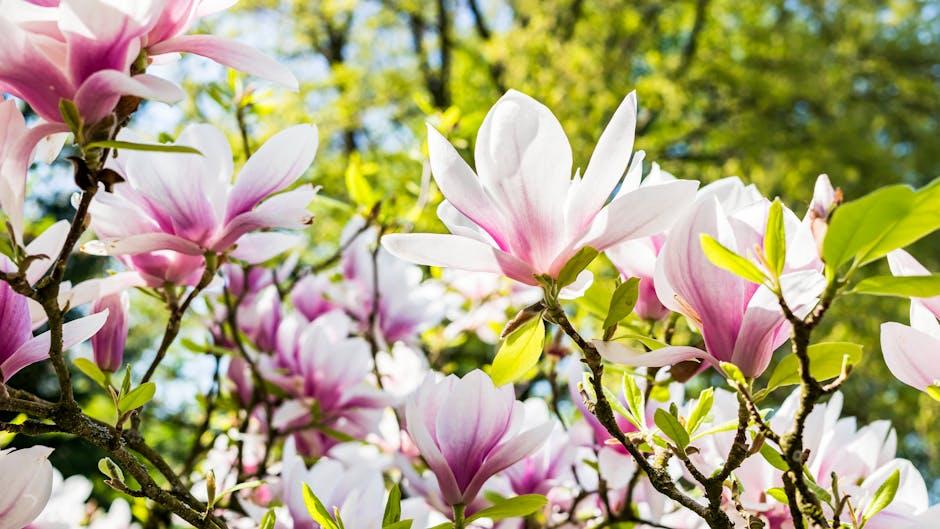
Gaia in Contemporary Culture: Art, Literature, and Spirituality
In today’s artistic landscape, Gaia is often invoked as a powerful symbol of nature and interconnectedness. Contemporary artists draw inspiration from her mythological roots, using various mediums to convey themes of environmentalism and the nurturing aspect of the Earth. Through vivid paintings, installations, and digital art, creators highlight the fragility of our ecosystems while celebrating the beauty of the natural world. This artistic interpretation encourages observers to reflect on their relationship with the Earth, inviting them to engage in conversations about sustainability and conservation.
Literature, too, plays a pivotal role in the revival of Gaia’s essence in contemporary culture. Authors incorporate her archetype into narratives that explore themes of femininity, ecology, and spirituality. Works of fiction and poetry often depict Gaia as a guiding force, steering characters through personal and collective awakenings. The integration of Gaia into modern literature fosters a deeper understanding of humanity’s dependence on nature, prompting readers to reconsider their values and place in the biosphere.
In addition to art and literature, the spiritual realm has witnessed a resurgence of Gaia worship, reflecting a collective yearning for connection and healing. Practices such as Earth-based spirituality emphasize rituals and traditions that honor the Goddess as a symbol of nurturing and regenerative power. These practices include:
- Nature walks: Grounding oneself through physical interaction with the Earth.
- Rituals: Celebrating the cycles of nature and personal milestones.
- Community gatherings: Fostering dialogue about sustainability and eco-conscious living.
Through these diverse expressions, Gaia remains a potent symbol, permeating contemporary culture and urging society to revisit ancient wisdom in the context of modern challenges.
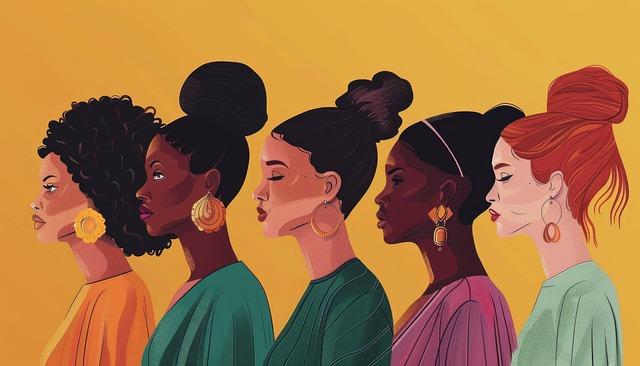
Empowering Your Life with Gaias Principles of Balance and Nurturing
At the heart of Gaia’s teachings lies the essential notion of balance, a guiding principle that resonates through every aspect of life. Embracing balance means acknowledging both the light and dark within ourselves, recognizing that each facet contributes to our overall well-being. We can empower our lives by prioritizing activities that restore harmony, such as:
- Mindfulness practices: Engage in meditation or yoga to cultivate inner peace.
- Nurturing relationships: Surround yourself with supportive individuals who uplift you.
- Nature connection: Spend time outdoors to revitalize your spirit and foster gratitude.
Nurturing also plays a pivotal role in the journey towards personal empowerment. Fostering a self-care routine is not an indulgence; it’s a necessity for maintaining both mental and physical health. Consider incorporating the following elements into your daily life:
- Healthy nutrition: Fuel your body with nourishing foods rich in vitamins and minerals.
- Regular exercise: Find an activity that you enjoy—it’s essential for both body and mind.
- Creative expression: Unleash your imagination through art, writing, or music to process emotions and thoughts.
One of the most powerful aspects of Gaia’s wisdom is understanding the interconnectedness of all living things. By embracing this perspective, we can cultivate a sense of community not only with others but also with ourselves. Consider the benefits of establishing rituals or practices that promote solidarity and support, such as:
| Practice | Benefit |
|---|---|
| Group meditation | Enhances collective energy and promotes peace. |
| Community volunteering | Strengthens social bonds and fosters compassion. |
| Shared meals | Nurtures connection and appreciation for cultural diversity. |
Q&A
Q&A: Understanding the Gaia Goddess
Q1: Who is the Gaia Goddess in mythology? A: The Gaia Goddess, often referred to simply as Gaia, is a figure from ancient Greek mythology representing the Earth. She is considered the primordial mother, embodying the very essence of the Earth itself. As the very ground we walk on, Gaia is both nurturing and powerful, giving life to a multitude of beings in legends and stories throughout the ages.Q2: What does Gaia symbolize? A: Gaia symbolizes fertility, motherhood, and the interconnectedness of all life. She is not only the Earth but also the source of all plants, animals, and humans. In various myths, Gaia is portrayed as a nurturing force, emphasizing balance and harmony within nature and the universe. Her essence reflects the importance of respecting and preserving our natural environment.Q3: How does Gaia connect with modern environmental movements? A: In contemporary discussions on environmentalism, Gaia is often referenced as a symbol of ecological awareness. The Gaia Hypothesis suggests that Earth functions as a self-regulating system, where living organisms interact with their inorganic surroundings to maintain conditions conducive to life. This perspective aligns with modern efforts to promote sustainability, conservation, and the recognition of the intrinsic value of nature.Q4: What are some myths associated with Gaia? A: One notable myth involves Gaia’s relationship with Uranus (the sky), with whom she bore the Titans, a race of powerful gods. Their offspring include well-known figures such as Cronus and Rhea. In an act of rebellion, Gaia encouraged her son Cronus to overthrow Uranus, leading to a series of events that shaped the ancient mythological landscape. This story underscores themes of creation, power struggles, and the cyclical nature of life.Q5: How is Gaia depicted in art and literature? A: In art and literature, Gaia is often depicted as a maternal figure, symbolizing abundance and beauty. Various artists have illustrated her as a woman emerging from the earth, surrounded by flora and fauna, or with a gentle but firm presence. Literature references her as a matron of the Earth, reminding us of the vital role nature plays in our lives.Q6: Why is Gaia still relevant today? A: Gaia remains relevant today due to the ongoing dialogue about environmental issues and our relationship with nature. As humanity faces climate change, biodiversity loss, and ecological crises, the principles embodied by Gaia serve as a crucial reminder of our responsibilities to the Earth. Embracing Gaia’s teachings can inspire collective action to ensure a sustainable future for generations to come.Q7: How can individuals honor the Gaia Goddess in daily life? A: Honoring Gaia can be as simple as fostering a deeper connection with nature through activities like gardening, hiking, or practicing mindfulness outdoors. Supporting local ecosystems, participating in ecological initiatives, and embracing sustainable practices are also impactful ways to pay homage to Gaia. By recognizing the Earth as a living entity and acting as good stewards, individuals can contribute to the well-being of our planet.By exploring these questions and answers, we can deepen our understanding of the Gaia Goddess and her significance in both ancient mythology and modern discussions about our environment.

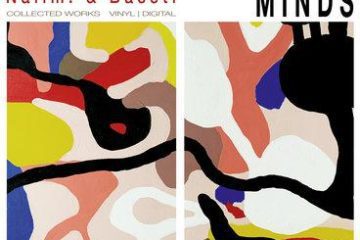
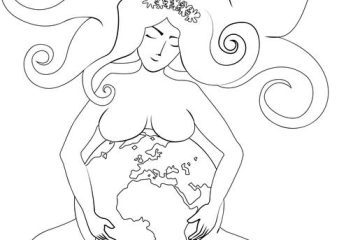
0 Comments